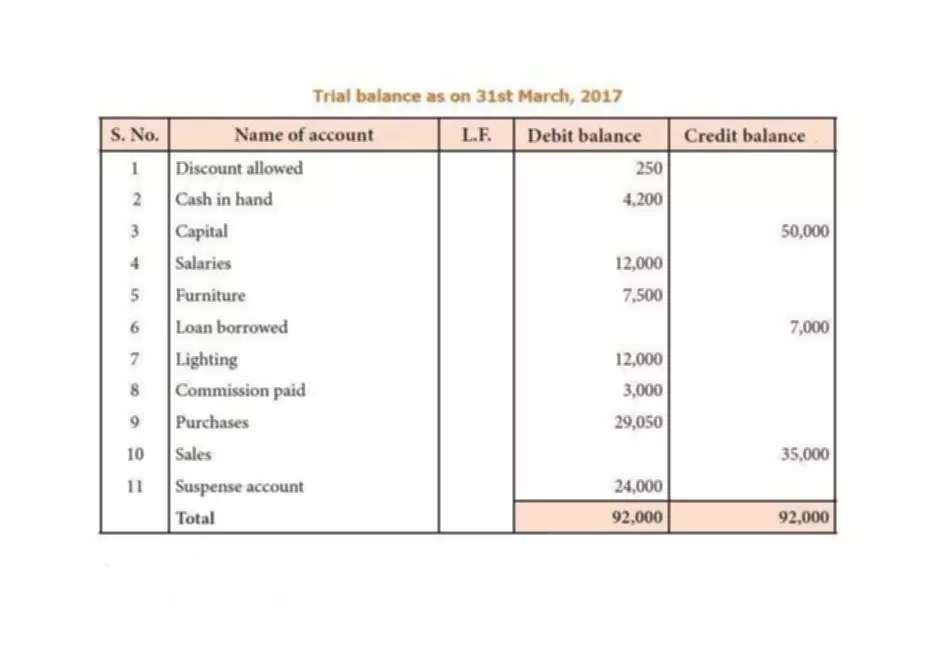Content

Any receipts from the customer in excess or short of the revenue recognized in accordance with the stage of completion are accounted for as prepaid income or accrued income as appropriate. Businesses should recognize revenue when they transfer the goods that have been purchased to the customer or the https://www.bookstime.com/articles/realization-principle point at which the risks and rewards of ownership are transferred from the seller to the buyer. So, the revenue needs to be recorded on 20th March because risk and rewards have been transferred on this date. This principle states that profit is realized when goods are transferred to the buyer.

This is known as the transfer of ‘risk and rewards’ because the risk of damage or loss of goods is eliminated and delivery has been accomplished. For starters, you must track the dates when products are delivered and services are completed. You’ll have to track the dates when products are delivered and services are completed to effectively use the realization principle https://www.bookstime.com/ in your business’s accounting strategy. Contractors PLC must recognize revenue based on the percentage of completion of the contract. Cost incurred to date in proportion to the estimated total contract costs provides a reasonable basis to determine the stage of completion. A product is manufactured, sold on credit and the revenue is recognized at the time of the sale.
Examples of Accounting Principles
Definition-Accounting principles are basic guidelines that provide standards for scientific accounting practices and procedures. They assure uniformity and understandability.Accounting principles are Generally Accepted Accounting Principles (GAAP), which guide all accounting users when interpreting accounting data or information. Billie Nordmeyer works as a consultant advising small businesses and Fortune 500 companies on performance improvement initiatives, as well as SAP software selection and implementation. During her career, she has published business and technology-based articles and texts. Nordmeyer holds a Bachelor of Science in accounting, a Master of Arts in international management and a Master of Business Administration in finance. For understanding purposes, the revenue recognition principle is applied in three broad scenarios below.
- The buyer is given the option of paying through a credit card or cash on delivery.
- Revenue from construction contracts must be recognized on the basis of stage of completion.
- This is the point at which a business can reasonably expect that the customer will pay for the goods or services.
- It allows for improved comparability of financial statements with standardized revenue recognition practices across multiple industries.
- While the revenue recognition principle provides a framework for recognizing revenue in a company’s financial statements, there are several challenges that companies may face in applying this principle.
Additionally, it recognizes the importance of legal ownership in a transaction that can be legally enforced. This business received an advance of $10,000 on the purchase on September 15, 2021. Our writing and editorial staff are a team of experts holding advanced financial designations and have written for most major financial media publications. Our work has been directly cited by organizations including Entrepreneur, Business Insider, Investopedia, Forbes, CNBC, and many others. Finance Strategists is a leading financial literacy non-profit organization priding itself on providing accurate and reliable financial information to millions of readers each year. At Finance Strategists, we partner with financial experts to ensure the accuracy of our financial content.
AccountingTools
To learn more about the realization principle and how it’s used in accounting, keep reading. So in the case of Plants and More, since they will be providing service to Ben’s Burgers continuously for a year, the revenue will be recognized using the percentage completion method. This means if a business receives an advance, and they have not yet delivered or transferred the goods, the revenue should not be recognized. A seller ships goods to a customer on credit, and bills the customer $2,000 for the goods. The seller has realized the entire $2,000 as soon as the shipment has been completed, since there are no additional earning activities to complete.
ASC 606 provides a uniform framework for recognizing revenue from contracts with customers. The old guidance was industry-specific, which created a system of fragmented policies. The updated revenue recognition standard is industry-neutral and, therefore, more transparent. It allows for improved comparability of financial statements with standardized revenue recognition practices across multiple industries. On May 28, 2014, the Financial Accounting Standards Board (FASB) and International Accounting Standards Board (IASB) jointly issued Accounting Standards Codification (ASC) 606, regarding revenue from contracts with customers. The purpose of the revenue recognition principle is to ensure that a company recognizes revenue in a manner that accurately reflects its financial performance.
Realization PrincipleDefined along with Examples
Typically, this will happen when the business has rendered the services or transferred the goods to the customer. The revenue has to be recognized when it is realized, not when an order is received. It offers a clearer and more accurate representation of your business’s finances. The Realization Concept states that revenue should only be recognized when the legal obligations are complete for revenue generation. Realization concept requires that revenue shall not be recognized on the basis of cash receipts but should rather be recognized on accruals basis. Revenue or income should be recognized when it is earned, whether the cash has been received or not.
This is the point at which a business can reasonably expect that the customer will pay for the goods or services. Revenue has to be recognized only when sales are actually made, not when an order is received or simply entered into. The realization principle of accounting is one of the pillars of modern accounting that provides a clear answer to this question. At the same time, the realization principle also gave birth to the accrual system of accounting. To see how Synder streamlines business processes, sign up for a 15-day free trial (no credit card required!) or book office hours with a support specialist.
Realization Principle
If the customer later cancels the order, the contract is no longer valid, and revenue can’t be recognized. The revenue realisation concept is of the view that revenue should be recorded when related risks and rewards of the transaction are delivered to the customer. The realization concept is legally compliant with the law of transfer of property. It is a fair method as it is not focused on the collection of money only, rather it is focused on transferring goods/services and then collecting the rightful amount due. On the other hand, if the payment is made after the completion of the project then it is considered receivable throughout the duration.
- This principle allows the revenue actually earned during a year to be recognized instead of only what is collected.
- According to this method, the revenue is recorded based on the percentage of total services rendered.
- Realizable means that goods or services have been received by the customer, but payment for the good or service is expected later.
- On May 28, 2014, the Financial Accounting Standards Board (FASB) and International Accounting Standards Board (IASB) jointly issued Accounting Standards Codification (ASC) 606, regarding revenue from contracts with customers.
- All content on this website, including dictionary, thesaurus, literature, geography, and other reference data is for informational purposes only.